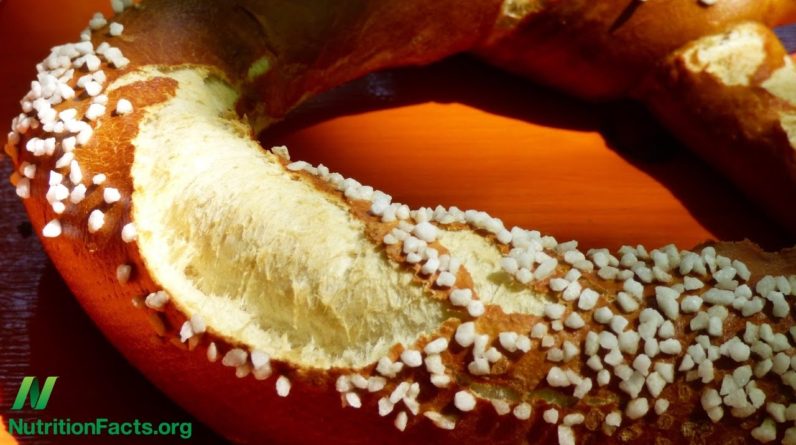
The vagina harbors hundreds of different
kinds of microorganisms. Some tend to be especially prevalent,
like Lactobacilli. These bacteria produce an acid
that lowers the vagina’s pH, limiting what can survive there and
preventing against certain infections. Candida yeasts are also usually present
in small quantities. Most of the time,
these fungi are harmless. The body’s immune system keeps them
in check while other microorganisms, like Lactobacilli, combat and outcompete
them for nutrients and territory. But under certain conditions,
Candida yeasts can cause infections. One species in particular,
called Candida albicans, is the usual culprit of vaginal thrush
or yeast infections, which affect 3 out of every 4 people
with a vagina. So, how exactly does a yeast
infection happen? Candida albicans yeasts are shapeshifters. And when the balance within the vagina
is disrupted— like the pH increases or there are
fewer microbes to compete with— Candida albicans may assume
their disease-causing forms. They multiply and metamorphose— substituting their rounded structures for elongated thread-like forms
called hyphae. Then, they secrete enzymes that degrade
the epithelial cells lining the vagina and permeate the tissue.
Immune cells rush to the site, generating some of the most recognizable
symptoms of yeast infections: itching, burning, swelling, and redness. These may also be accompanied
by a change in vaginal discharge, the fluid that’s frequently flushed from
the vagina to keep it healthy and clean. During a yeast infection,
discharge may become thicker and whiter because the vagina is shedding
more epithelial and Candida cells. A few major factors, like
antibiotic treatments and lower immunity, can make people more susceptible
to vaginal yeast infections.
When someone’s immune system is
compromised, from illness or otherwise, their body may be unable to control
Candida effectively. And in treating bacterial infections,
antibiotics kill harmful bacteria, but they can also wipe out beneficial
ones, like Lactobacilli, allowing Candida to multiply more easily. Many other factors also help set
the stage for yeast infections. Hormonal changes and diet alter
the vaginal microbiome. Semen is relatively basic,
so it can disrupt the vagina’s pH.

Tight, non-breathable, and wet garments
incubate moisture and are thought to facilitate
a more Candida-friendly environment. Soaps can damage the protective
mucus that coats the vagina, making it easier for Candida to permeate. That’s why many doctors recommend
just gently washing the vulva with water. And it’s important to wipe
from front to back to avoid introducing more Candida as well
as other potentially harmful microbes to the vagina. Most yeast infections are mild
and clear up within two weeks. Antifungal medications usually offer
dependable treatments by reducing the number of Candida cells, allowing the immune system and
other microorganisms to regain control. And interestingly, the solution
to treating some yeast infections could be more yeasts. Preliminary studies with probiotics
containing the harmless yeasts we use in brewing and baking have shown
promise in keeping Candida in check while reducing inflammation. But some yeast infections
require more extensive therapies. About 5 to 10% of people with vaginas experience at least 4 yeast infections
a year. For some of those,
the cause seems to be genetic.
Some people have gene variants that make
it harder for their immune systems to recognize and regulate Candida cells. But why many others have recurrent
infections is currently unclear— and requires a lot more research. In fact, so does basically everything
we've just talked about. We don’t know nearly enough
about the vaginal microbiome. This is probably because of stigma
and underfunding when it comes to topics that traditionally
fall under the umbrella of “women’s health.” For instance, while erectile dysfunction
affects a much smaller percentage of people than vaginal yeast infections, there’s about 6 times more
research on the subject. Hopefully, we’ll soon have
a better understanding of the many microorganismal multitudes
we contain— and how best to keep them in balance.







